The Magellan robotic space probe was launched on May 4, 1989, by NASA to map the surface of Venus and measure the gravitational field.
It's a Space Station! Blog
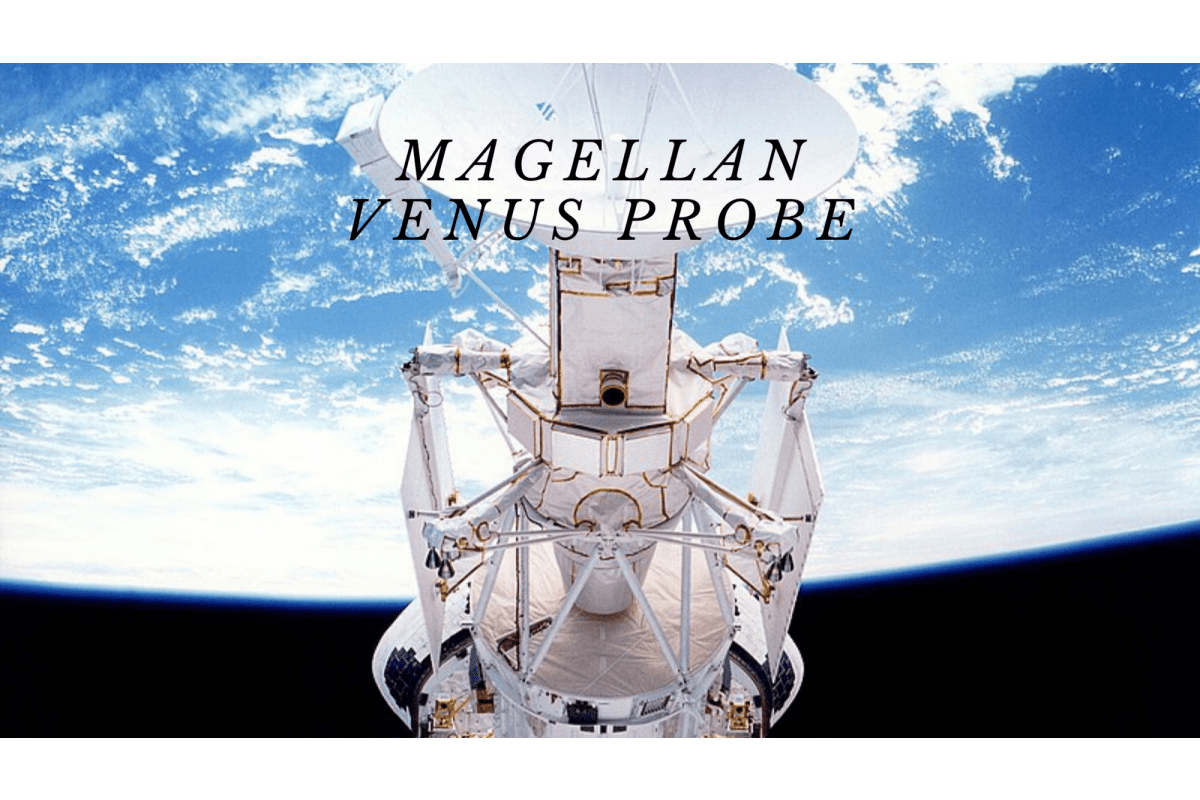
Magellan Venus Probe
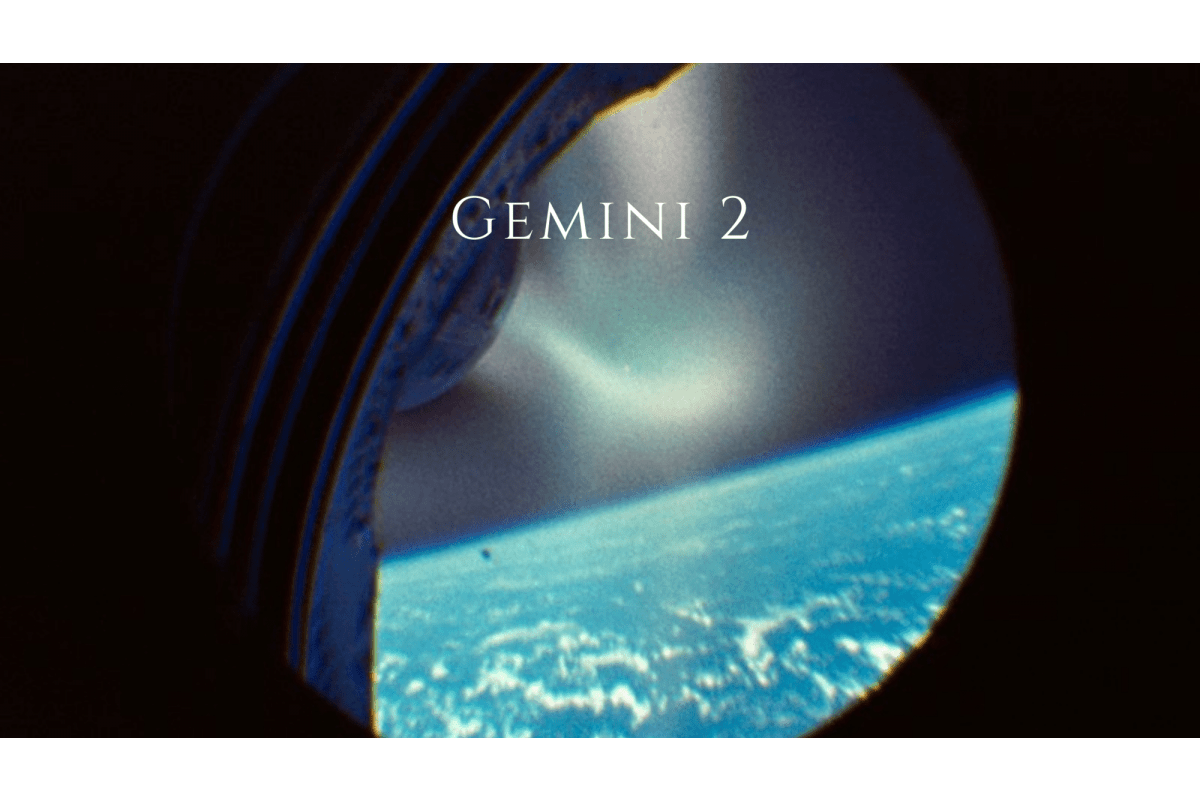
Gemini 2
Gemini 2 was the second uncrewed spaceflight of Project Gemini that was launched on January 19, 1965.
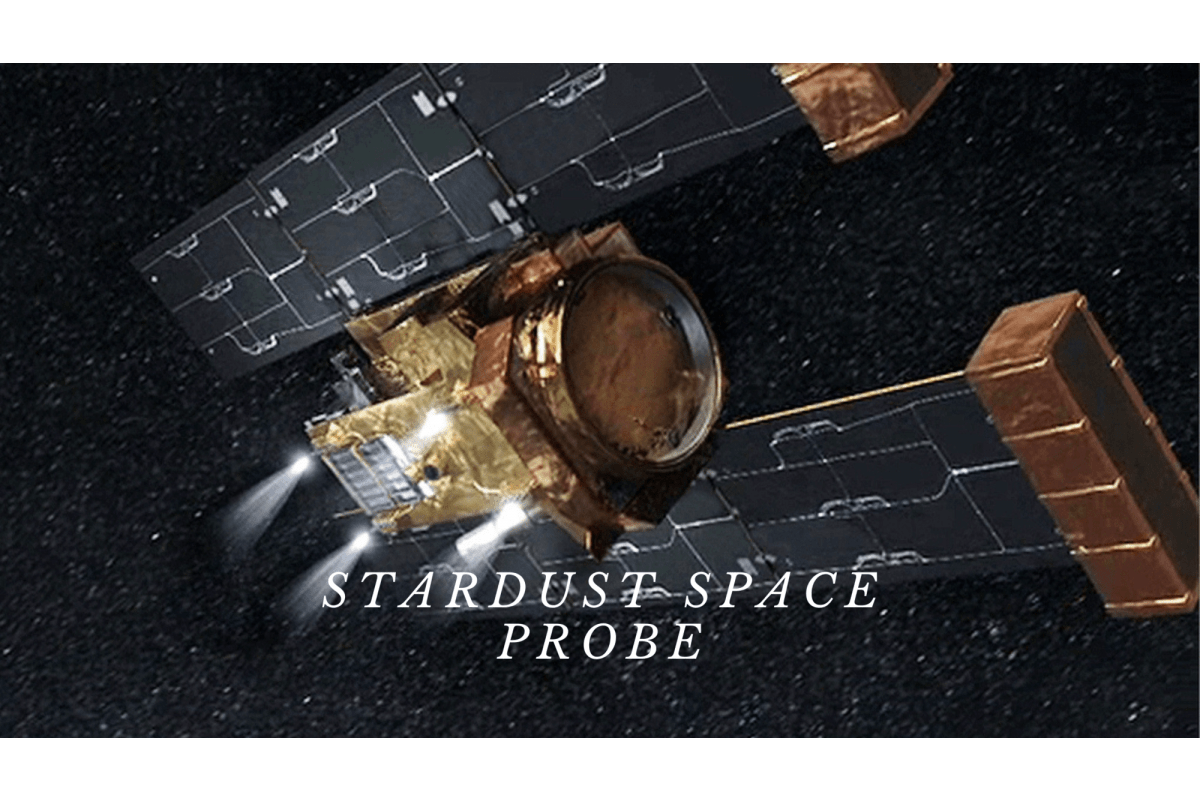
Stardust Space Probe
Stardust was a robotic space probe launched in 1999, with the primary mission of collecting cosmic dust and dust samples from the comet Wild 2 and returning them to Earth.
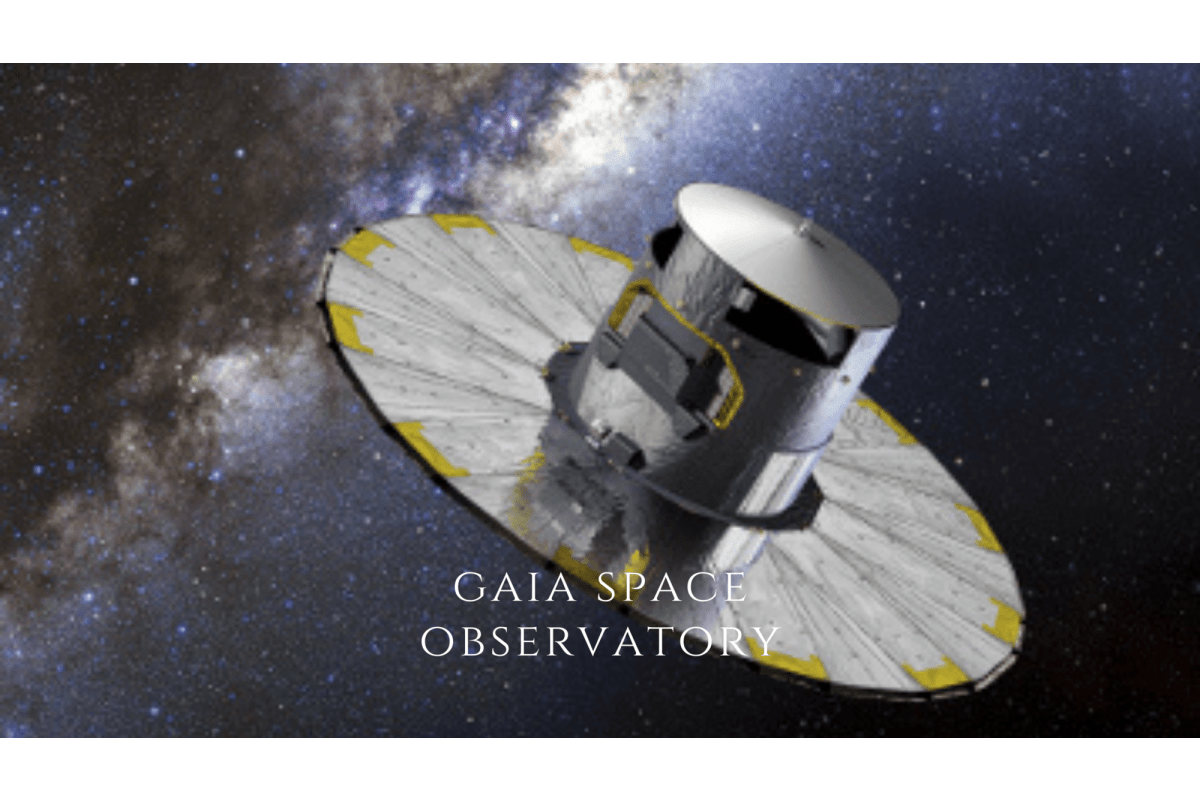
Gaia Space Observatory
Gaia is a space observatory launched on December 19, 2013, by the European Space Agency (ESA), designed to measure stars' positions, distances, and motions with precision.
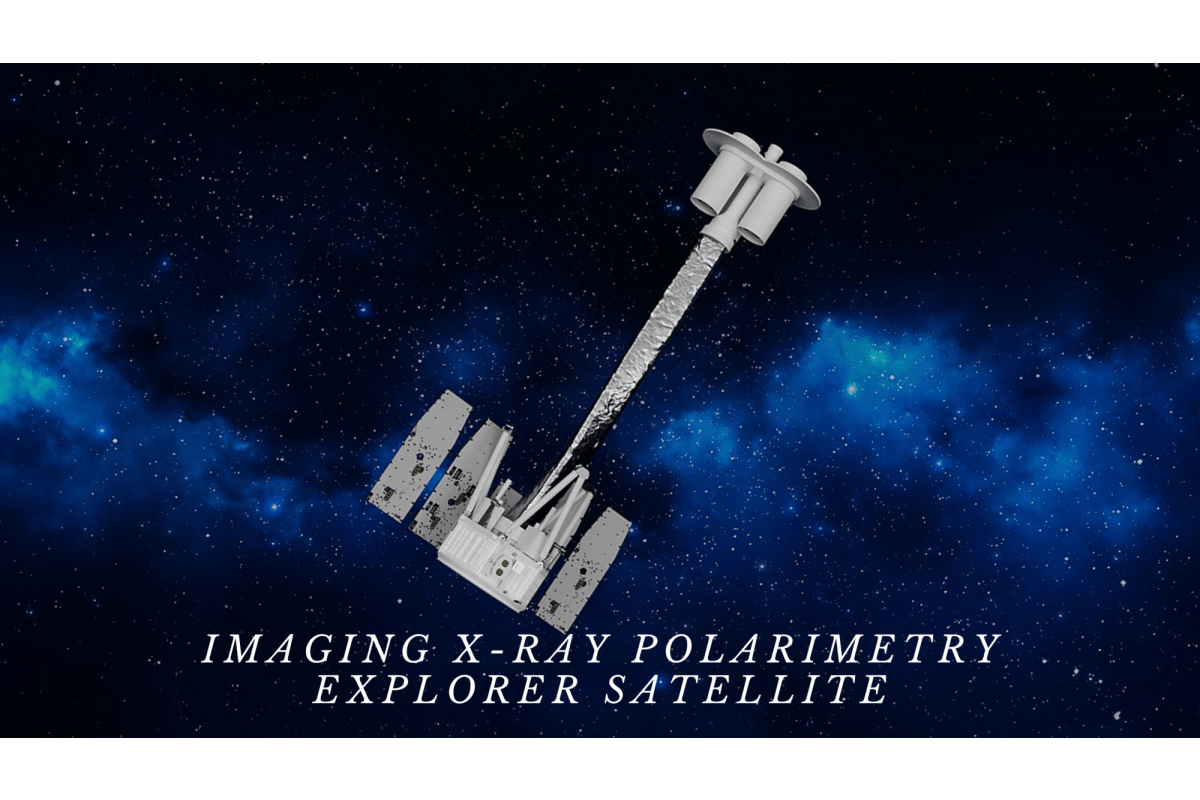
Imaging X-ray Polarimetry Explorer
The Imaging X-ray Polarimetry Explorer, IXPE, is a space observatory that was launched on December 9, 2021, designed to measure the polarization of cosmic X-rays.
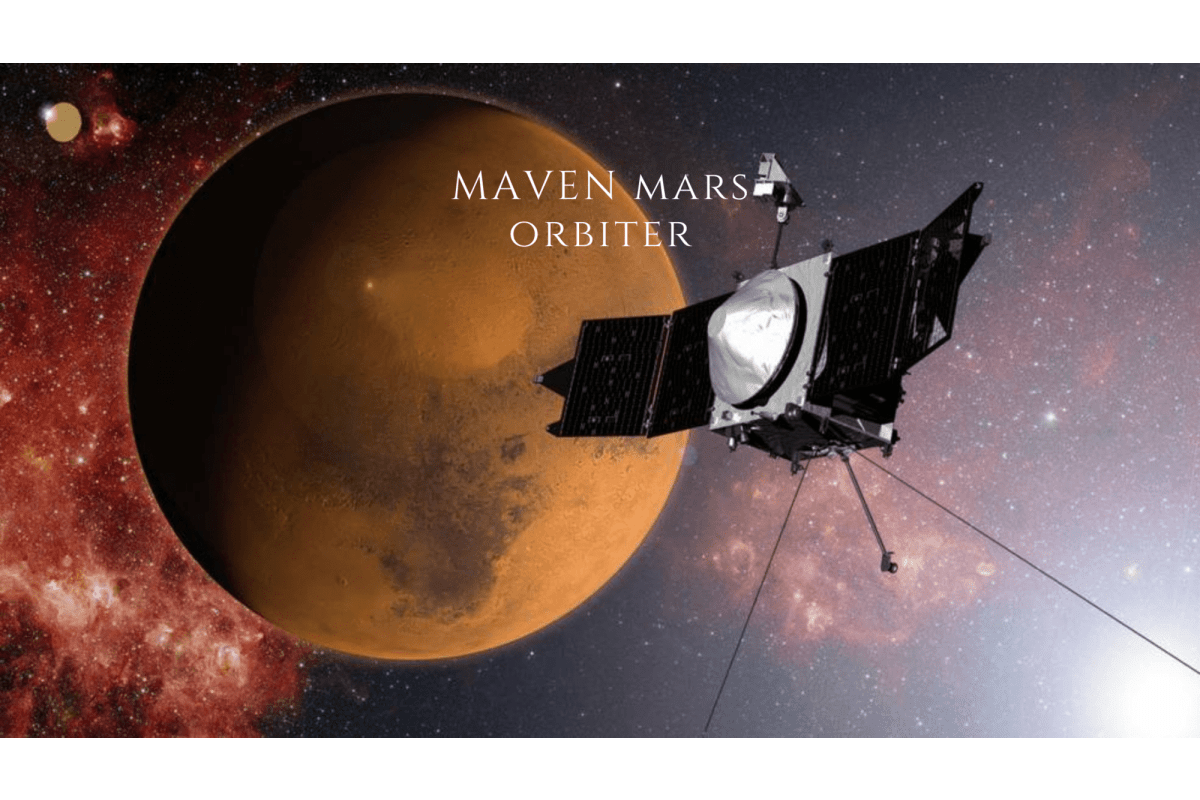
MAVEN Mars Orbiter
MAVEN is a 2013 American spacecraft intended to study the loss of Mars' atmospheric gases to space and provide insight into the planet's climate and water history.
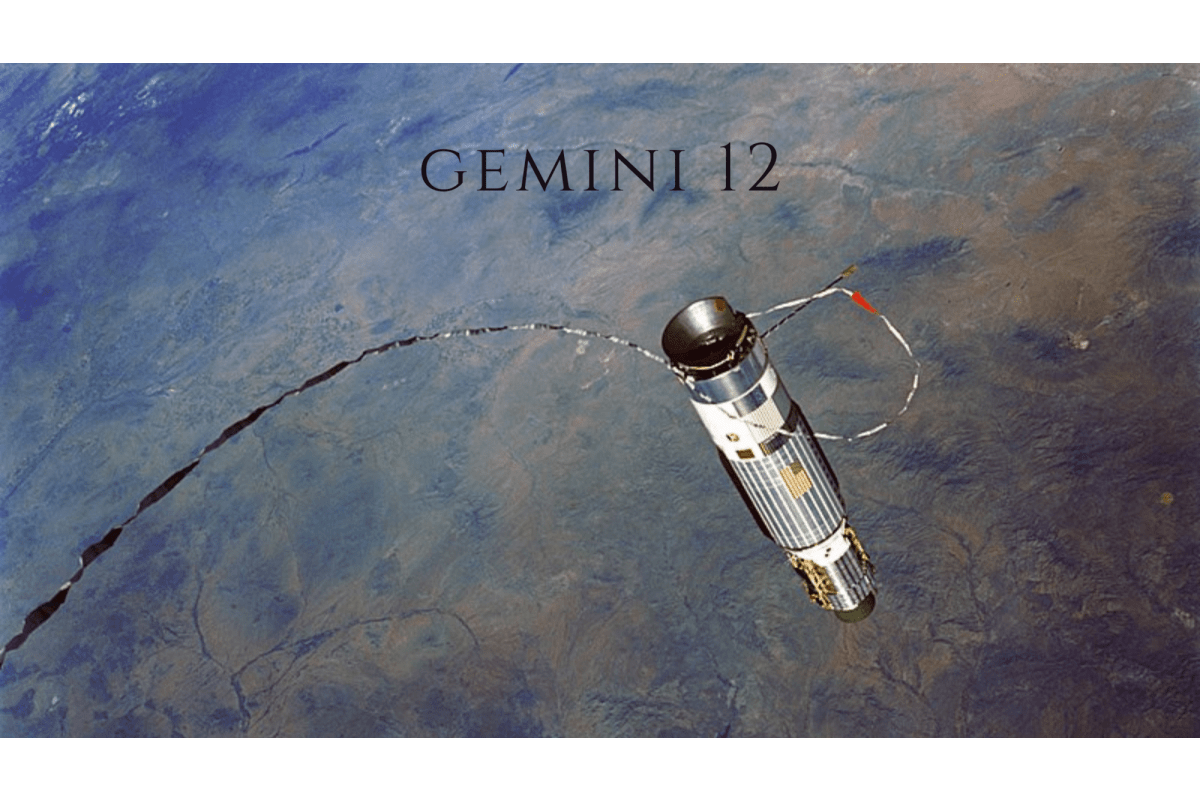
Gemini 12
Gemini XII was the 10th and final crewed Gemini flight, commanded by NASA veteran James A. Lovell and rookie Edwin "Buzz" Aldrin.
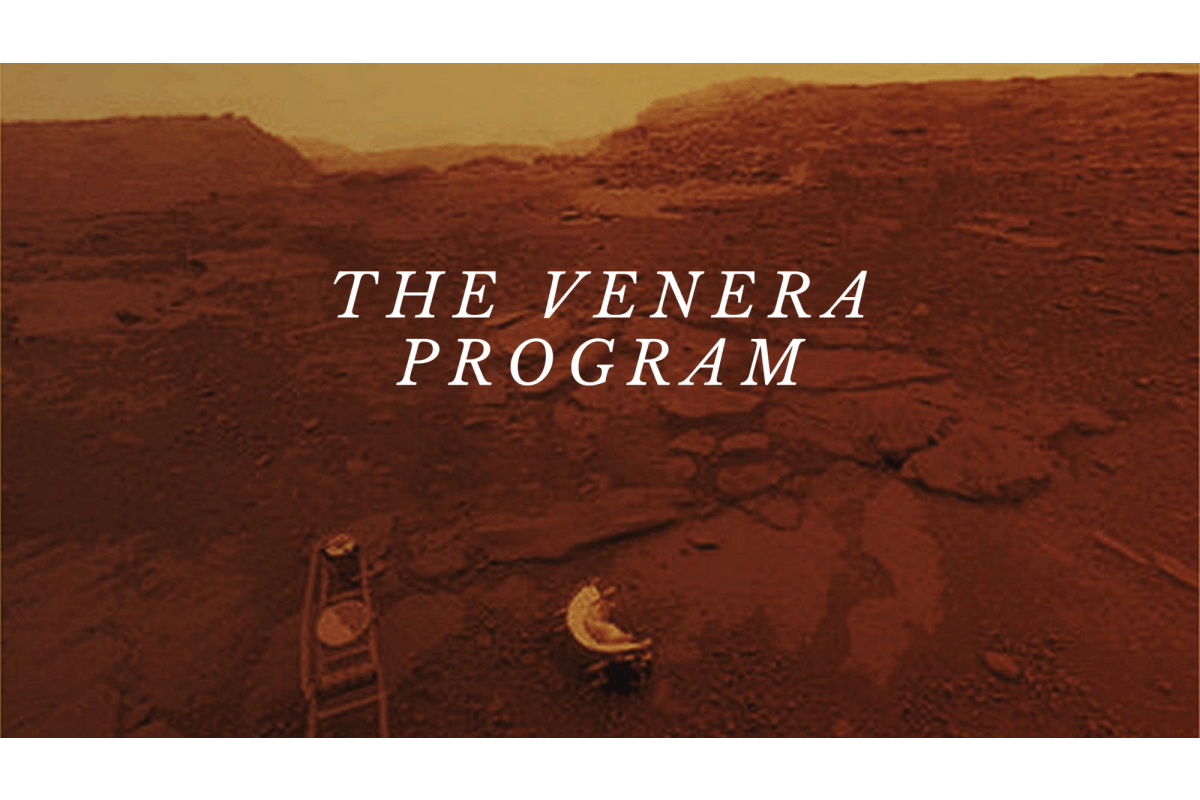
The Venera Program
The Venera program was a series of space probes developed by the Soviet Union between 1961 and 1984 to gather information about Venus.
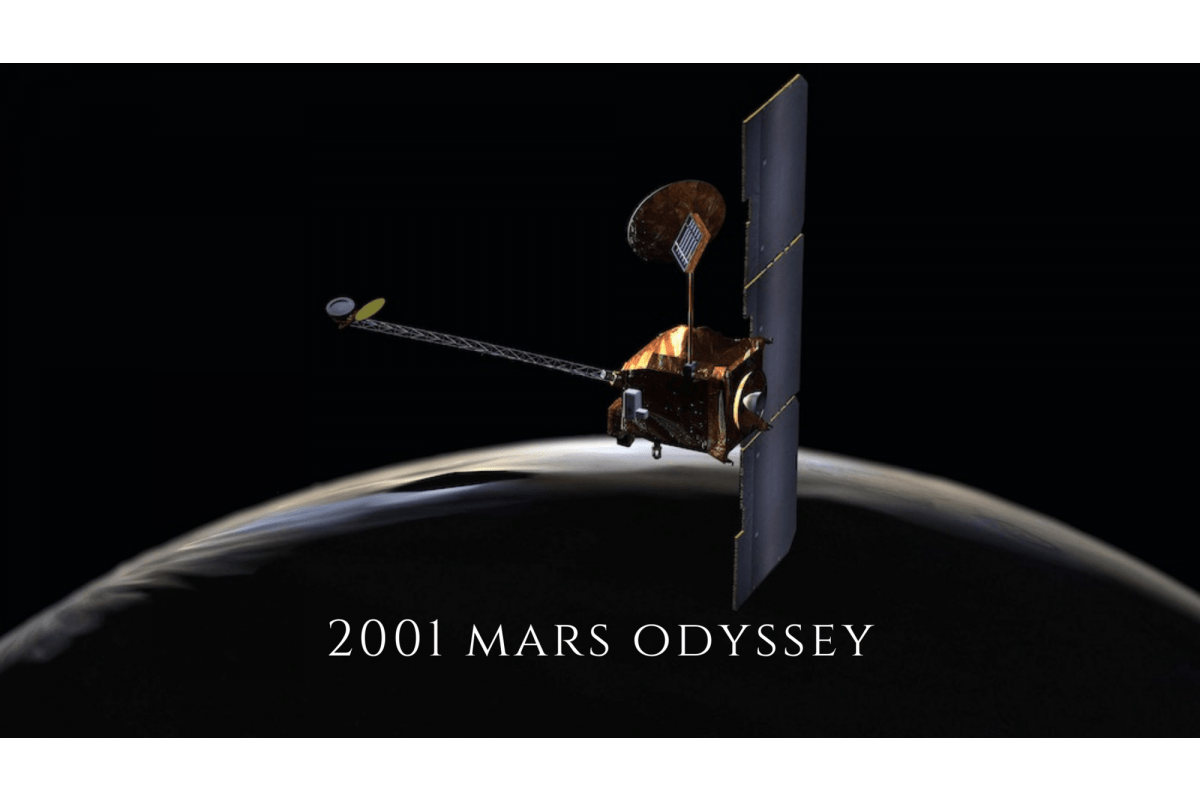
2001 Mars Odyssey
2001 Mars Odyssey is a robotic spacecraft project developed by NASA that was sent to orbit Mars to detect evidence of past or present water and ice, and to study Mars' radiation environment and geology.
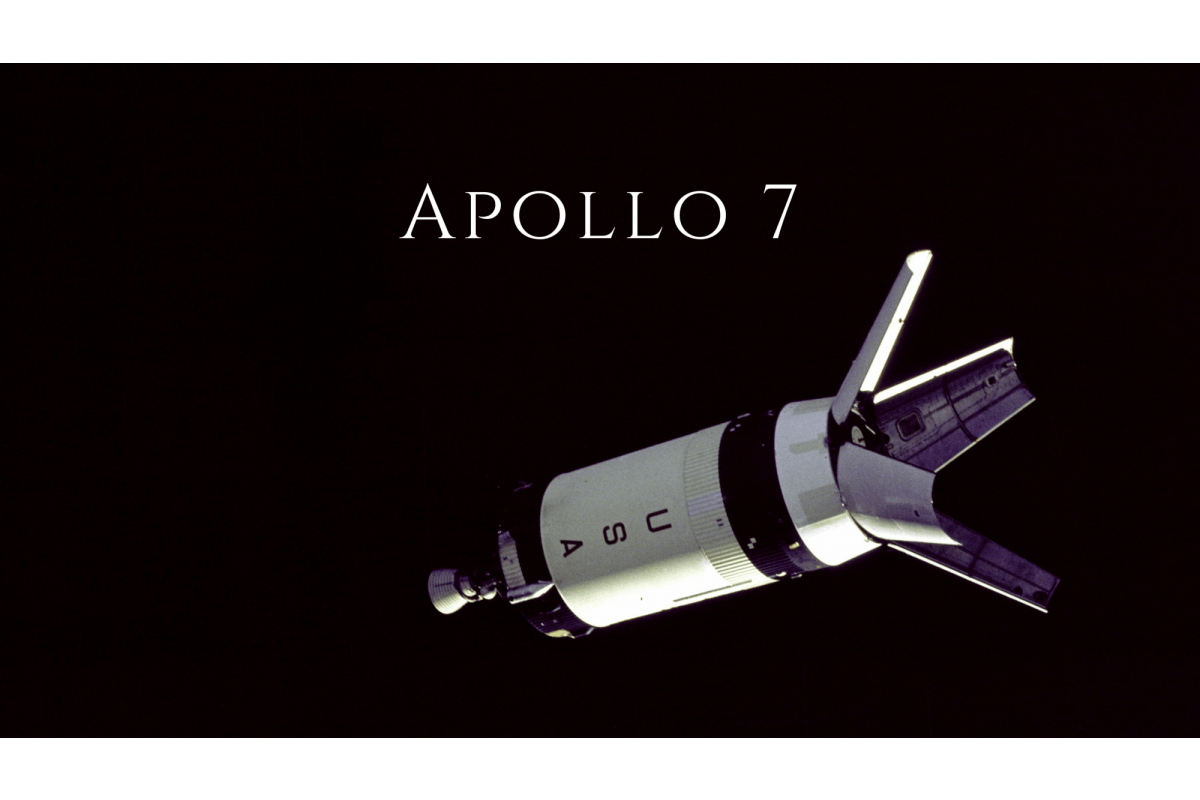
Apollo 7
Apollo 7 was the first crewed flight in the Apollo program after the Apollo 1 disaster that occurred during a launch test. It was crewed by Commander Walter M. Schirra, command module pilot Donn F. Eisele, and lunar module pilot R. Walter Cunningham
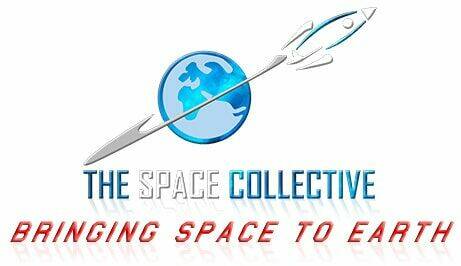
 US Store >
US Store > UK Store >
UK Store >